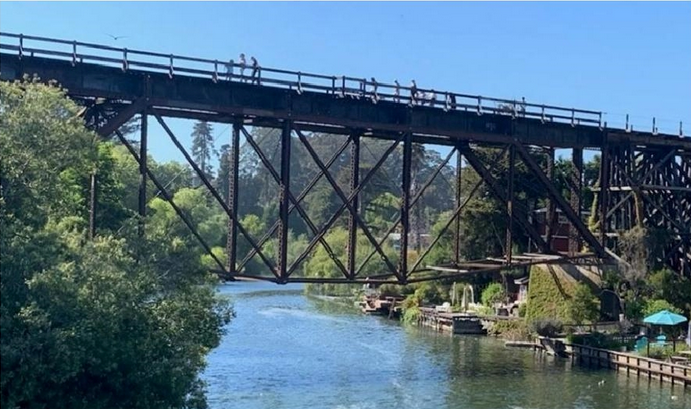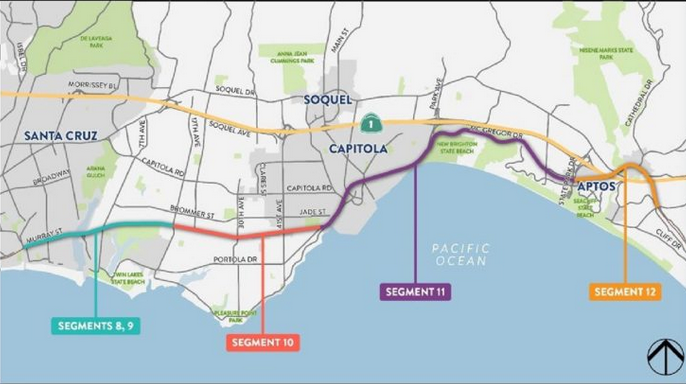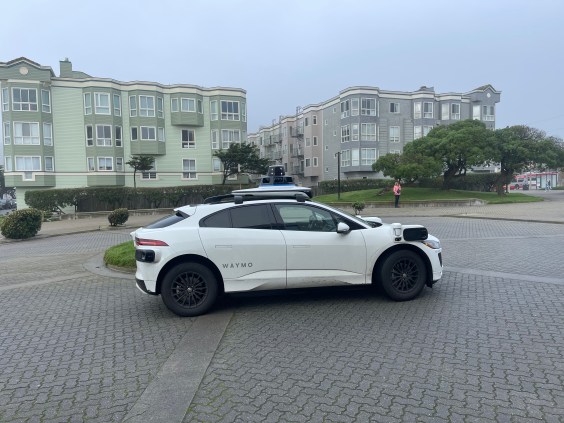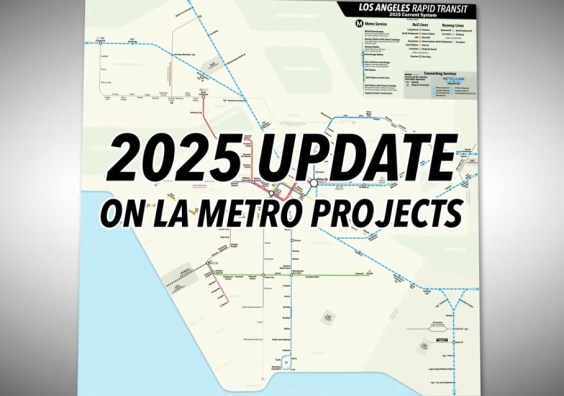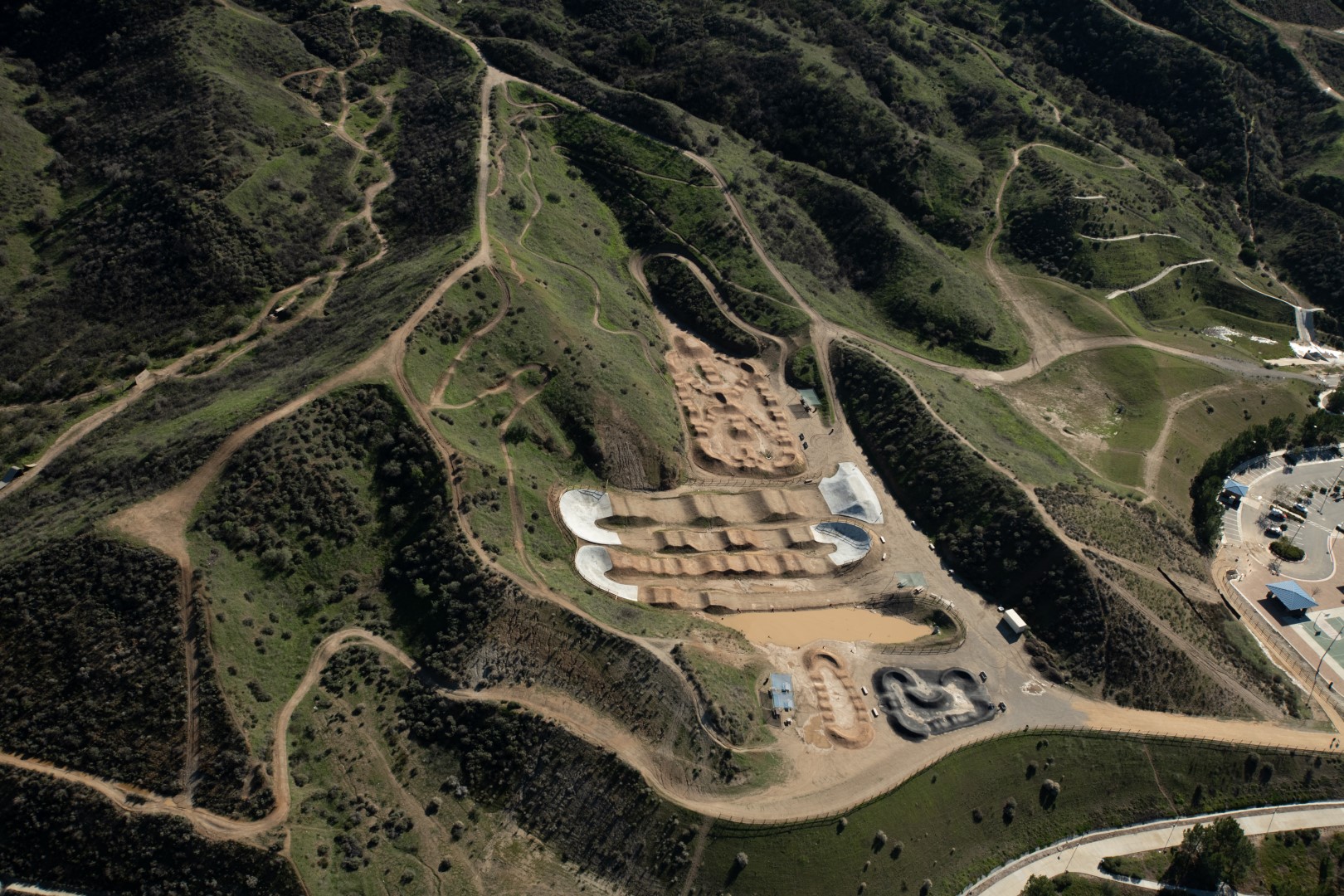Note: GJEL Accident Attorneys regularly sponsors coverage on Streetsblog San Francisco and Streetsblog California. Unless noted in the story, GJEL Accident Attorneys is not consulted for the content or editorial direction of the sponsored content.
California Transportation Commission staff released their ranked list of projects recommended for the 2023 funding cycle for the Active Transportation Program in the Statewide and Small Urban and Rural categories.
As usual, a large team (98 people) with a wide range of active transportation experience evaluated the project applications against criteria established in the program's guidelines. There were 434 applications requesting a total of $3.1 billion, which is more than any other cycle so far.
Staff recommended 93 of the projects for a total of a little over $1 billion: 67 in the statewide competition, and 26 in the small urban and rural category. A third category of regionally prioritized projects, submitted by the ten largest Metropolitan Planning Organizations, will be released next spring. There will be about $680-some million available for those projects, and some projects that applied in the statewide category but did not score high enough could be considered within those lists.
This year's one-time augmentation of $1 billion for the ATP made it possible to fund more projects than otherwise would have been feasible. While that extra billion helped, it still fell well short of the amount requested.
The governor and legislature would do well to remember this next year, when budget negotiations start up again. This small program was able to quickly program much more money than it did in the last round of funding, and it did so using a complicated scoring system reflecting multiple state goals and requiring a high level of participation from members of the public, all in a short time. And it still came up short on funding.
That is also in part because the projects themselves tended to be larger than previous cycles. The average request for funding in Cycle 5 was $6 million; this time it was $11 million.
This reflects a trend that has been increasing over the last few funding cycles. Prices are going up, but projects are also growing in scope and ambition. Cities are looking at active transportation through a wider lens, trying to address entire corridors and networks, rather than just small one-off pieces of infrastructure.
The largest recommendation in Cycle 6 is for $67.5 million for two segments of the Santa Cruz coastal rail trail. Segments 10 and 11 extend from south of Santa Cruz at Live Oak, through Capitola and over an existing train trestle there, to Aptos. It is part of a much larger comprehensive project through the coastal towns that has already seen several segments completed. That project scored a 95.
Santa Cruz is also being recommended for construction funding for two other segments of that trail - from Santa Cruz to Live Oak - for almost $36 million (score: 90). Another large project on the list is the OC Loop in Orange County, also a comprehensive network. That project's segments P and Q are recommended for almost $46 million (score: 91).
But not all the projects are so big. "We like to see a variety of projects," Beverley Newman-Burckhard, ATP program staff, told Streetsblog. "We know there are some smaller communities that may not have anything right now; they just need the basics."
Two rural counties - Modoc (Surprise Valley School Safety and Community Connectivity) and Lassen (Riverside Drive Pedestrian and Bike Trail) - got their first ATP funding recommendations in this cycle. Nevada County, Tuolomne County, and Calaveras County all have projects on the list. CTC staff, who conducted almost a hundred virtual site visits for 126 projects, pointed out that these counties put a lot of work into improving their projects to increase their scores - and chance of getting funding. "We're also proud of Tulare County," said Laurie Waters. "They were struggling in the program, and we targeted them for assistance. During the last cycle their scores improved, and this cycle they got several projects recommended."
"It shows that when an area decides to make it a priority, and they reach out and get the help they need, they can be successful."
The recommended projects are distributed throughout the state. This cycle, the Central Coast did particularly well, including the Santa Cruz projects mentioned above as well as projects in Lompoc (Walkability, Community Safety, and School Investments), three projects in Santa Barbara (Westside and Lower West Neighborhood Active Transportation Plan, Cliff Drive Complete Street Transformation, and Milpas Street Crosswalk Safety and Sidewalk Widening) as well as Santa Maria (Safe Routes to School Corridor Improvements), Monterey (San Ardo Community and School Connections), Watsonville (Safe Routes to Downtown), San Luis Obispo (South Higuera Complete Streets and Niblick Road Complete and Sustainable Bike and Pedestrian Streets).
That is not to say other areas did not do well. While the score threshold was high - 89 for the statewide competition - areas all over the state have succeeded in winning a recommendation. See the full list by score here [PDF] or look by county here [PDF].
Note that no "quick-build" projects were chosen for funding, despite there being eleven applications for funding these. Most of the projects that applied were more like small infrastructure projects than quick-build pilots, but did not score high enough to get funding.
The recommendations will be considered for adoption by the CTC at its December meeting.
